
Copernical Team
Sun releases moderate and strong solar flares
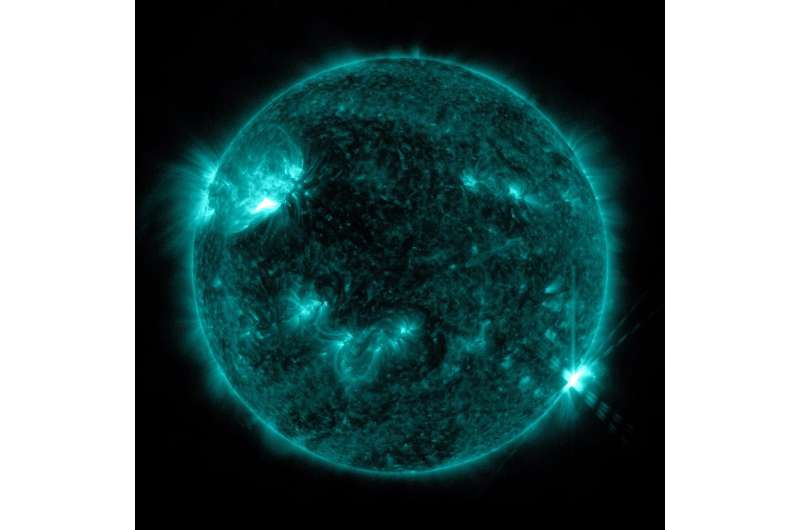
The Sun emitted two solar flares on April 19, 2022, one moderate peaking at 9:35 p.m.
The moon, where no satnav has gone before
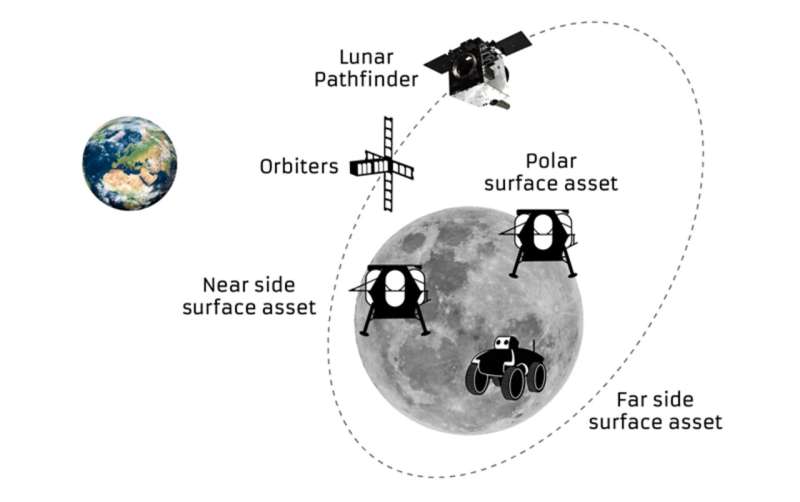
The test version of a unique satellite navigation receiver has been delivered for integration testing on the Lunar Pathfinder spacecraft. The NaviMoon satnav receiver is designed to perform the farthest ever positioning fix from Earth, employing signals that will be millions of times fainter than those used by our smartphones or cars.
"This engineering model of our NaviMoon receiver is the very first piece of hardware to be produced in the context of ESA's moonlight initiative, to develop dedicated telecommunications and navigation services for the moon," explains Javier Ventura-Traveset, Head of ESA's Navigation Science Office and managing all ESA lunar navigation activities.
"It will be flown aboard the Lunar Pathfinder mission into orbit around the moon, from where it will perform the furthest satellite navigation positioning fix ever made, at more than 400 000 km away to an accuracy of less than 100 m. This represents an extraordinary engineering challenge, because at such a distance the faint Galileo and GPS signals it makes use of will be barely distinguishable from background noise.
Extraterrestrial mining would emulate 'tears of wine' phenomenon
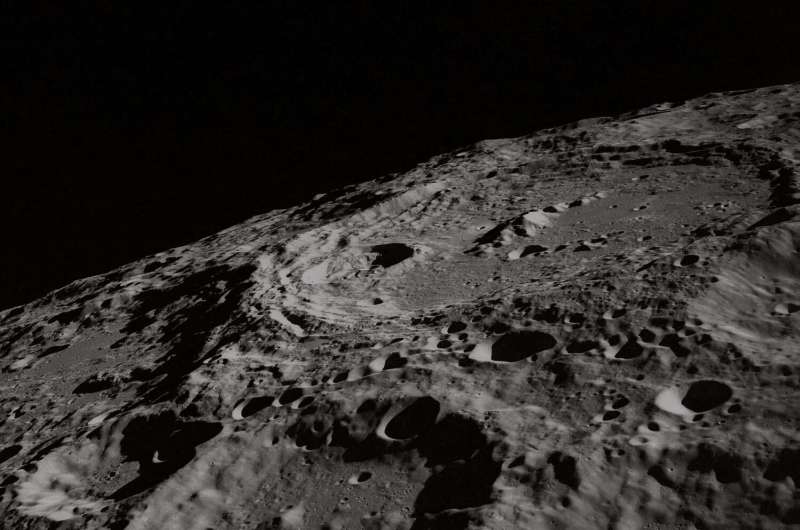
Tears of wine is a phenomenon frequently observed as a ring of wine formed near the top of the glass generates droplets that fall back into the wine. This phenomenon can be explained by the Marangoni effect driven by the surface tension created via gradients on concentration and temperature along the interface between two phases.
In a paper published in Advances in Space Research, Jonathan Whitlow, an associate professor in biomedical and chemical engineering and sciences, and co-authors propose an extraterrestrial all-in-one mining process in which the Marangoni effect would allow non-mechanical transportation of the extraterrestrial mineral to feed an also in-situ pyrolysis-based refinery unit.
The researchers seek to establish that the Marangoni effect, which is crucial for welding metals, manufacturing integrated circuits and growing crystals, has the potential to be important for supporting lunar habitats and other extraterrestrial endeavors. They contend that vacuum and reduced gravity are expected to augment the Marangoni effect on extraterrestrial molten soil leading to sustainable extraterrestrial in-situ resources utilization.
Using bacteria to build settlements on Mars
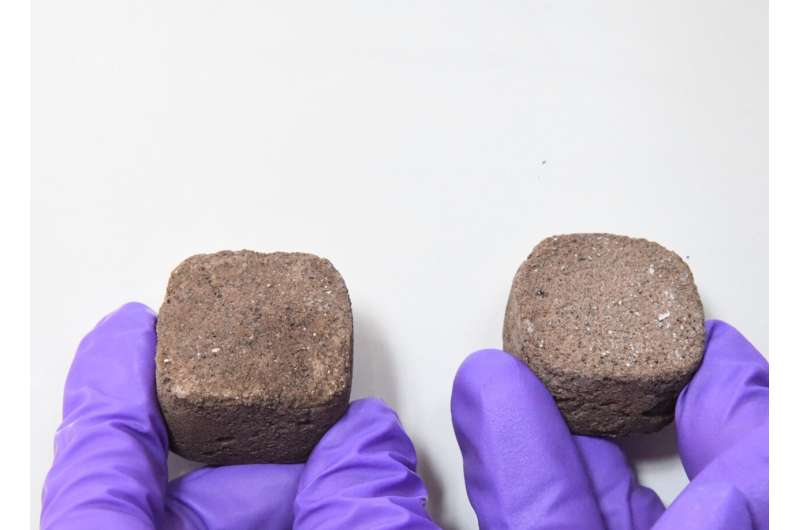
In collaboration with the Indian Space Research Organization (ISRO), a team of researchers from the Indian Institute of Science (IISc) has developed a sustainable method for making bricks out of Martian soil, using bacteria and urea. These "space bricks" can be used to construct building-like structures on Mars that could facilitate human settlement on the red planet.
The method for making these space bricks has been outlined in a study published in PLOS ONE. A slurry is first created by mixing Martian soil with guar gum, a bacterium called Sporosarcina pasteurii, urea and nickel chloride (NiCl2). This slurry can be poured into molds of any desired shape, and over a few days the bacteria convert the urea into crystals of calcium carbonate. These crystals, along with biopolymers secreted by the microbes, act as cement holding the soil particles together.
An advantage of this method is the reduced porosity of the bricks, which has been a problem with other methods used to consolidate Martian soil into bricks.
Sci-fi becomes real life: NASA doctor 'holoports' to International Space Station
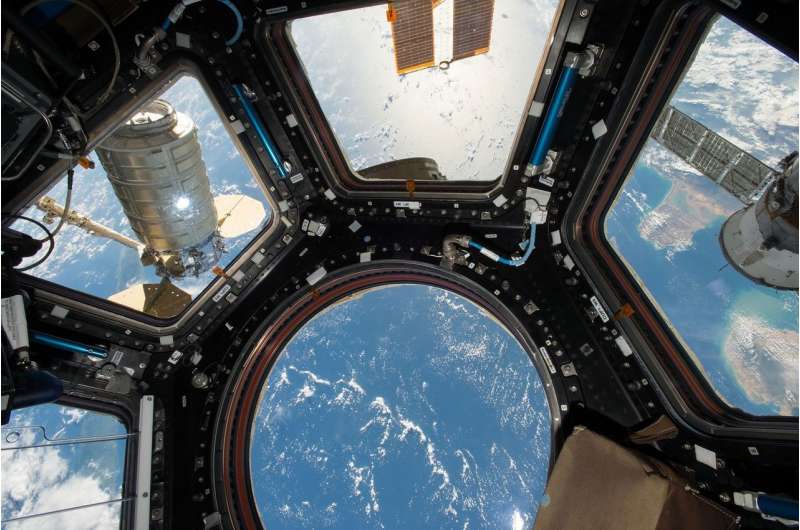
Star Wars turned into real life? A NASA doctor appeared as a hologram at the International Space Station for a telemedicine visit with an astronaut in Oct. 8, 2021, according to a recent release from NASA.
The "holoportation", a word made from hologram and transportation, features a life-like visual and audio connection between the space center and those back on Earth.
Dr. Josef Schmid and his crew were holoported to the ISS using the Microsoft Hololens Kinect camera and a personal computer with custom software Aexa, according to an April 8 release from NASA. Schmid had a virtual conversation with astronaut Thomas Pesquet as part of a 3D telemedicine visit.
"We'll use this for our private medical conferences, private psychiatric conferences, private family conferences and to bring VIPs onto the space station to visit with astronauts," Schmid said.
The technology allows users to interact with remote participants in 3D as if they were physically in the same space.
"It is a brand new way of human exploration, where our human entity is able to travel off the planet.
Crew-4 arrive at Kennedy Space Center
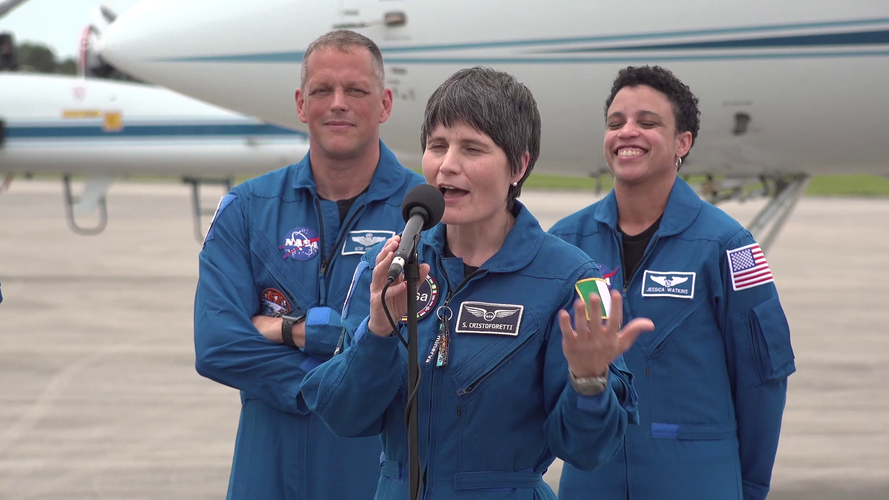 Video:
00:06:28
Video:
00:06:28
ESA astronaut Samantha Cristoforetti arrives at NASA’s Kennedy Space Center in Florida, USA, with NASA astronauts Kjell Lindgren, Bob Hines and Jessica Watkins on 18 April 2022.
Collectively known as Crew-4, the astronauts flew in from Houston, Texas, and will spend the next week in quarantine before being launched to the International Space Station on a SpaceX Crew Dragon spacecraft.
When they arrive at the Station, Samantha’s Minerva mission will officially begin. This is the second long-duration space mission for Samantha who first flew to the orbital outpost in 2014 for her Italian Space Agency ASI-sponsored mission Futura.
Samantha will
The Moon – where no satnav has gone before
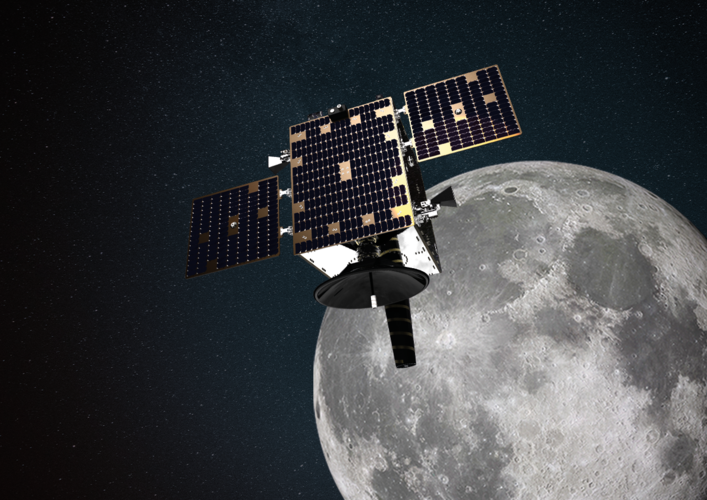
The test version of a unique satellite navigation receiver has been delivered for integration testing on the Lunar Pathfinder spacecraft. The NaviMoon satnav receiver is designed to perform the farthest ever positioning fix from Earth, employing signals that will be millions of times fainter than those used by our smartphones or cars.
Weather satellite prepares for lightning
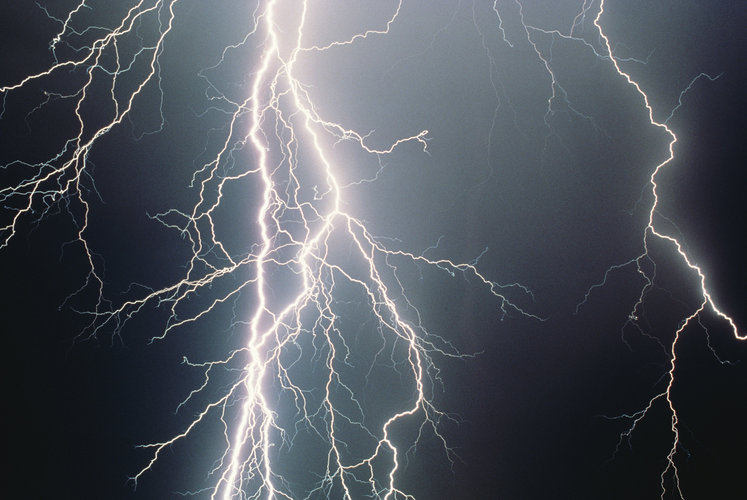
As one of the last milestones before liftoff at the end of the year, the first Meteosat Third Generation weather satellite is being fitted with its Lightning Imager. From geostationary orbit, 36 000 km above Earth’s surface, this state-of-the-art European instrument will continuously monitor lightning over more than 80% of Earth’s disc for early warnings of dangerous storms. Remarkably, it is capable of imaging relatively weak lightning events in full sunlight.
Scientists have improved the composition of radiation protection glasses
 Scientists at the Ural Federal University (UrFU) with colleagues from the Arabian Peninsula have improved the radiation protection properties of glass, in particular borate glasses (boron oxide-based glass). They introduced special additives into the basic composition of the glass - heavy metal oxides. This significantly increased the density of the material without affecting its transparency. A
Scientists at the Ural Federal University (UrFU) with colleagues from the Arabian Peninsula have improved the radiation protection properties of glass, in particular borate glasses (boron oxide-based glass). They introduced special additives into the basic composition of the glass - heavy metal oxides. This significantly increased the density of the material without affecting its transparency. A NASA's New Material Built to Withstand Extreme Conditions
 NASA innovators recently developed a new metal alloy using a 3D printing process that dramatically improves the strength and durability of the components and parts used in aviation and space exploration, resulting in better and longer-lasting performance.
NASA Alloy GRX-810, an oxide dispersion strengthened (ODS) alloy, can endure temperatures over 2,000 degrees Fahrenheit, is more malleab
NASA innovators recently developed a new metal alloy using a 3D printing process that dramatically improves the strength and durability of the components and parts used in aviation and space exploration, resulting in better and longer-lasting performance.
NASA Alloy GRX-810, an oxide dispersion strengthened (ODS) alloy, can endure temperatures over 2,000 degrees Fahrenheit, is more malleab 